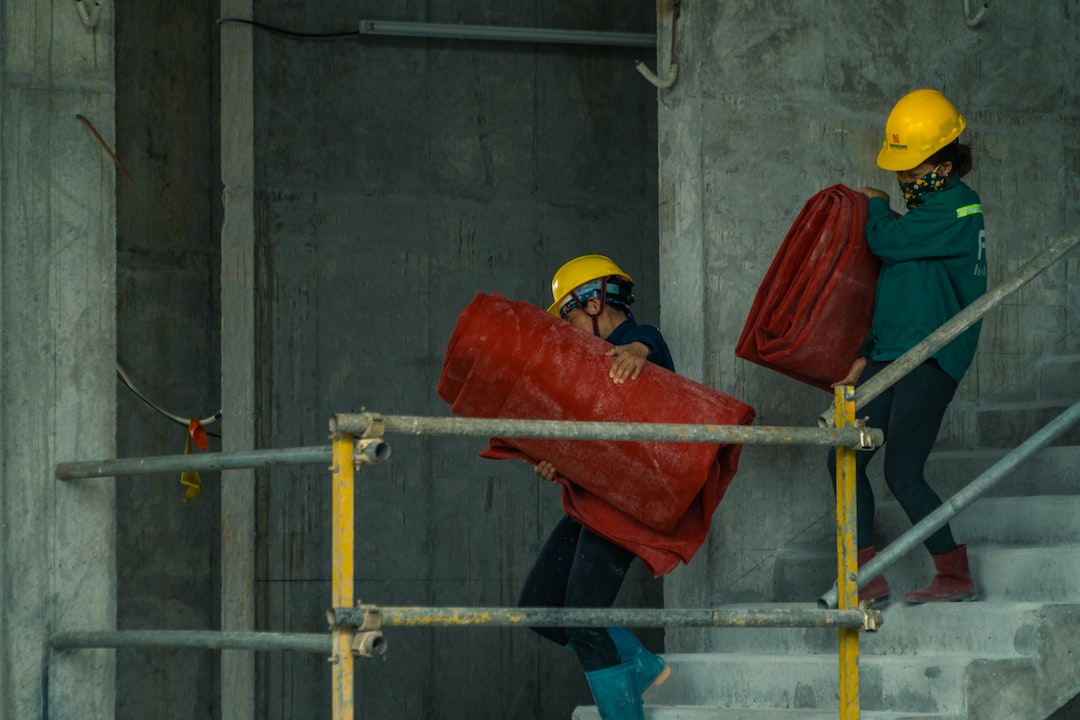Scaffolding is an essential tool in the construction industry, providing workers with a stable platform to carry out their tasks at height. One crucial component of scaffolding is the leveling screw, or “tornillo nivelador para andamios” in Spanish. This handy device ensures that the scaffold is level and secure, preventing accidents and ensuring the safety of the workers. However, like any tool, using a leveling screw for scaffolding requires proper care and attention to avoid common mistakes that can compromise its effectiveness. In this article, we will discuss some of these mistakes and how to avoid them.
Firstly, one common mistake is failing to check the condition of the leveling screw before use. Over time, screws can become worn or damaged, affecting their performance. It is crucial to inspect the screw for any signs of wear and tear, such as cracks, bending, or missing parts. Using a damaged leveling screw can result in an unstable scaffold, posing a serious safety hazard. Regular maintenance and replacement of worn components are essential to ensure the proper functioning of the screw.
Another mistake to avoid is over-tightening or under-tightening the leveling screw. Achieving the right level for the scaffold requires precision, and improper adjustment can lead to an unbalanced structure. Over-tightening the screw can put excessive stress on the scaffold, potentially causing it to collapse. On the other hand, under-tightening can result in an unstable scaffold that is prone to wobbling and shifting. Proper training and understanding of the specifications of the screw are vital to avoid these errors.
Furthermore, neglecting the leveling process is a grave mistake that can compromise the safety of the workers. It is crucial to use a spirit level or other appropriate measuring tool to ensure the scaffold is leveled correctly. Rushing through this step or assuming the level based on a visual estimation can lead to an unbalanced scaffold, which can be highly dangerous. Take the time to accurately level the scaffold using the leveling screw, ensuring each leg is adjusted accordingly.
Lastly, failing to secure the leveling screw after adjustment is a common oversight. Once the scaffold is properly leveled, it is essential to lock the screw in place to maintain stability. Neglecting this step can cause the screw to loosen during use, risking an unstable scaffold. Double-check that the locking mechanism is engaged and secure before allowing anyone to work on the scaffold.
In conclusion, employing a leveling screw for scaffolding requires attention to detail and adherence to proper procedures. Avoiding common mistakes, such as neglecting maintenance, improper adjustment, neglecting the leveling process, and failing to secure the screw after adjustment, is crucial for ensuring the safety of workers. Remember, safety should always be a top priority on construction sites, and using a leveling screw correctly is an important part of achieving this goal.

